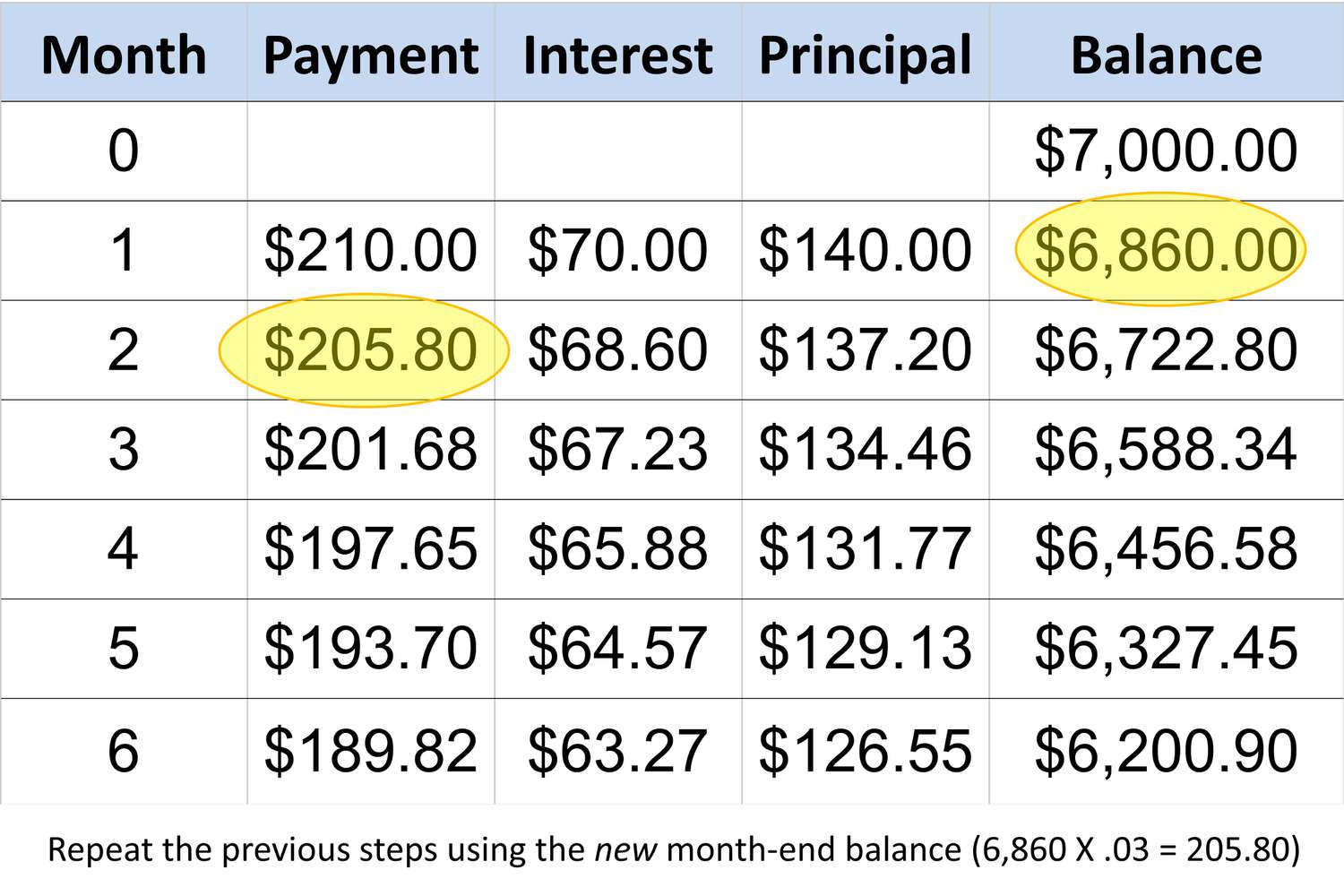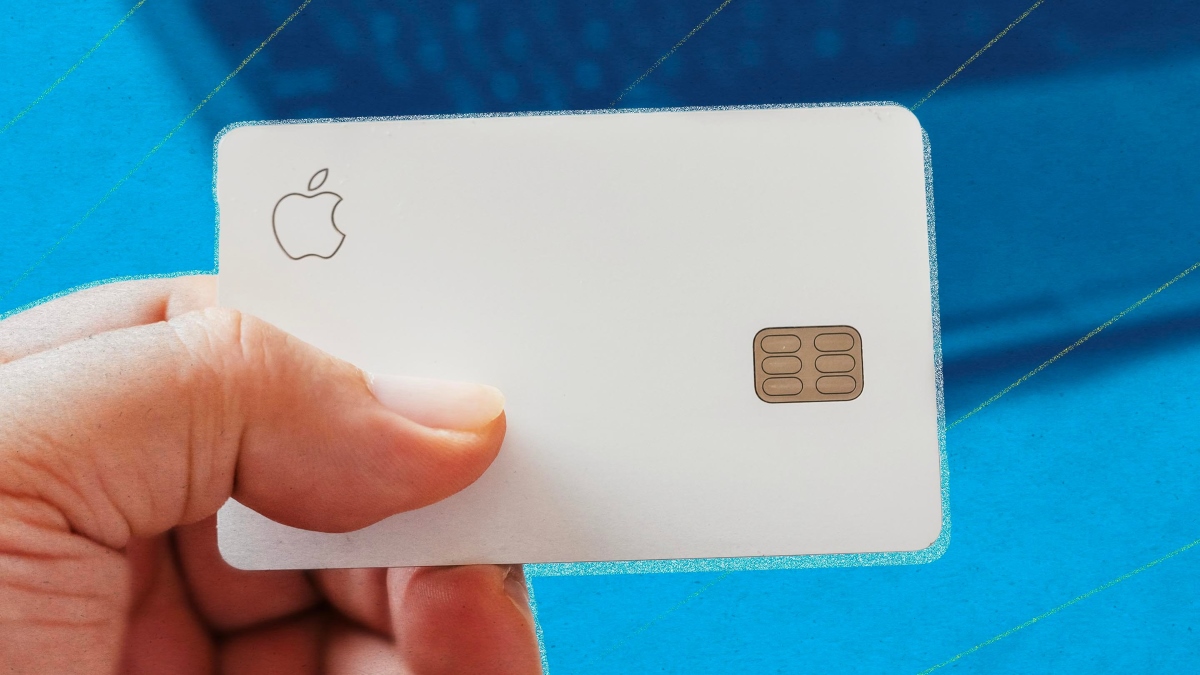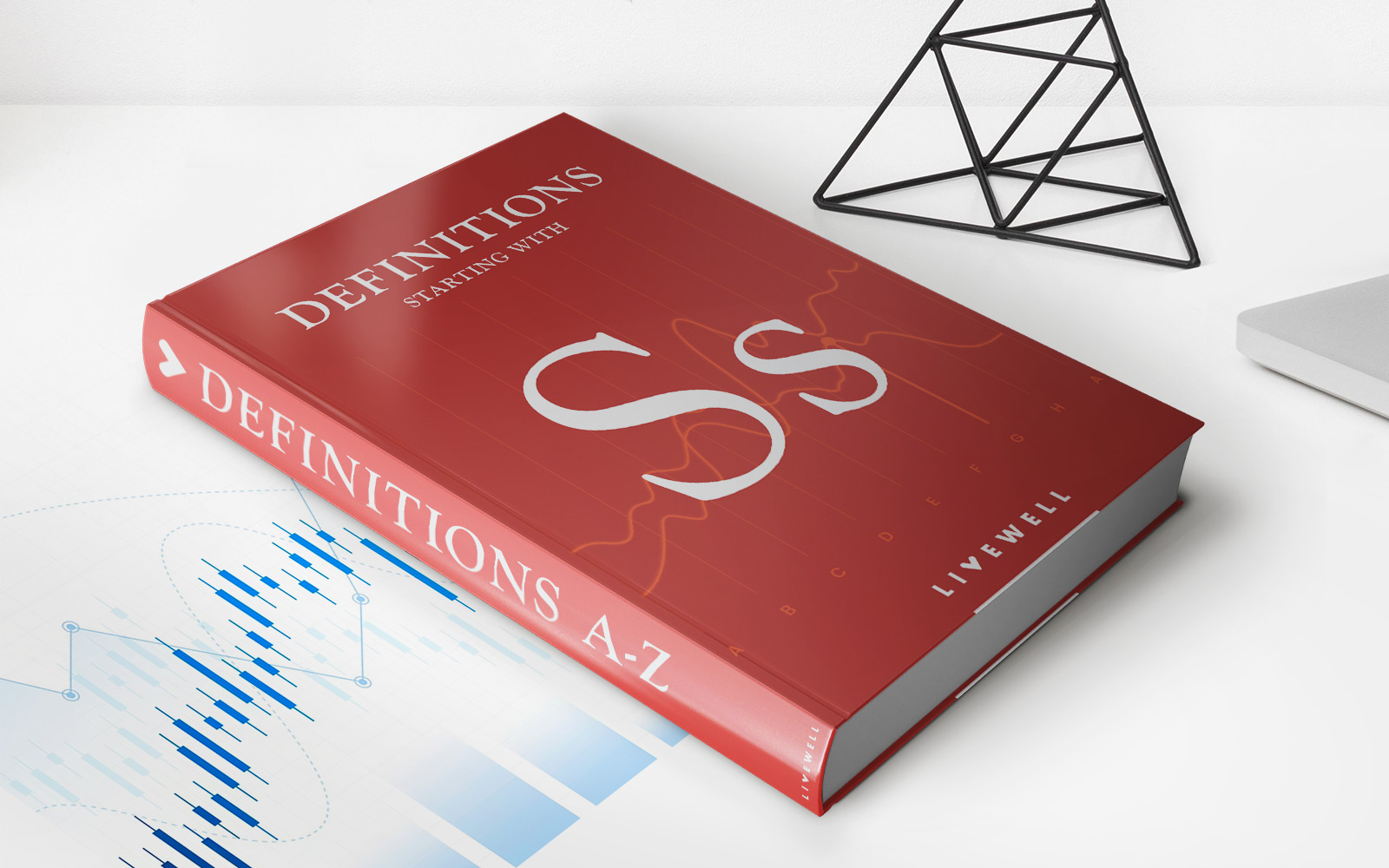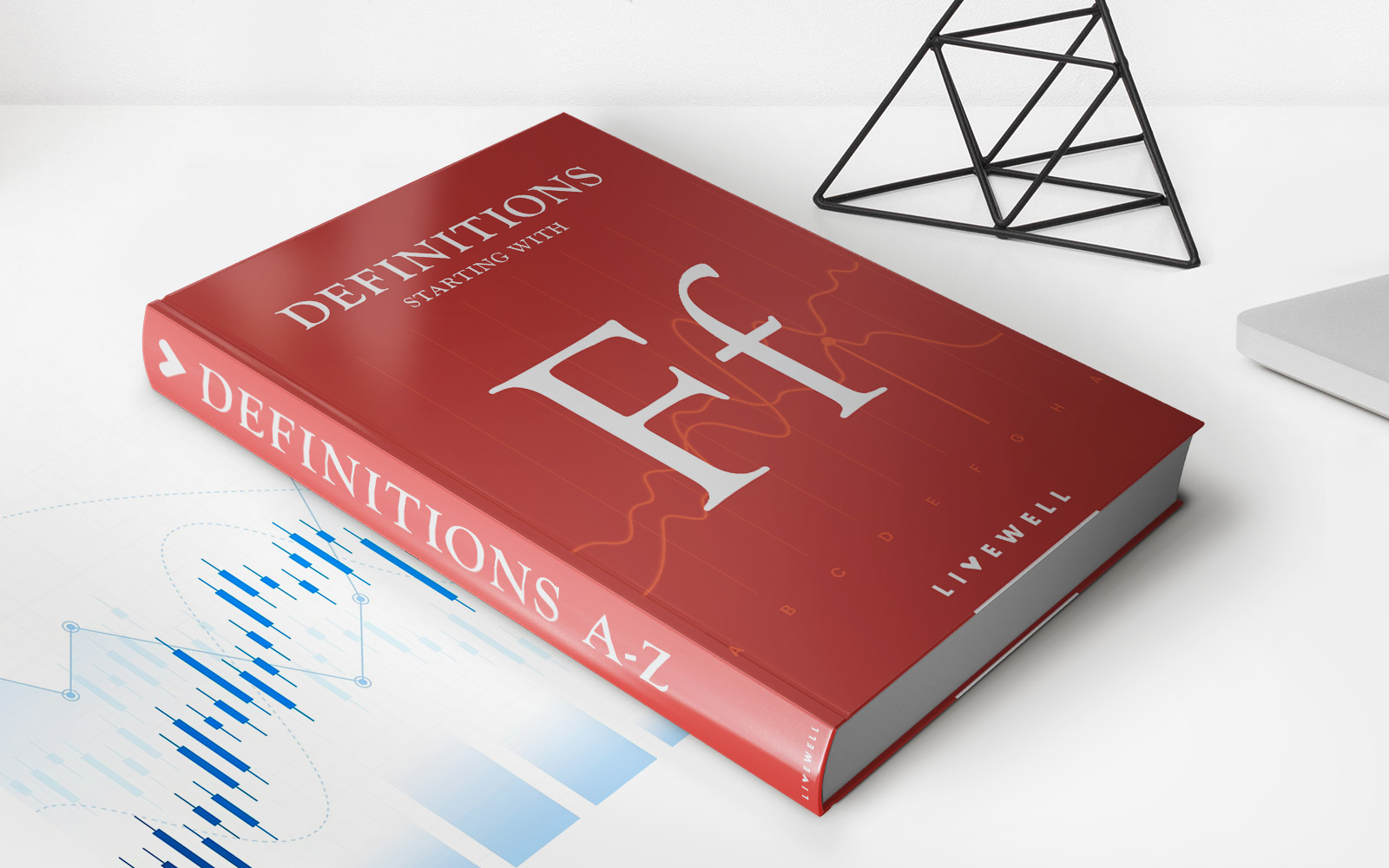

Finance
What Is The Minimum Payment On A Discover Card
Published: February 25, 2024
Learn about the minimum payment on a Discover Card and how it impacts your finances. Find out what you need to know to manage your credit card payments effectively. Gain insights into finance and credit management.
(Many of the links in this article redirect to a specific reviewed product. Your purchase of these products through affiliate links helps to generate commission for LiveWell, at no extra cost. Learn more)
Table of Contents
Introduction
Understanding the Minimum Payment on a Discover Card
When it comes to managing credit card debt, understanding the minimum payment requirements is crucial for maintaining financial stability. In this comprehensive guide, we will delve into the intricacies of minimum payments on Discover cards, shedding light on what they entail, the factors influencing them, and why paying more than the minimum is highly beneficial. By the end of this article, you will have a clear understanding of the minimum payment structure, empowering you to make informed decisions regarding your credit card obligations.
Credit cards have become an integral part of modern-day financial transactions, offering convenience and flexibility. However, it's essential to grasp the implications of credit card usage, particularly in relation to minimum payments. Discover, a prominent player in the credit card industry, sets specific guidelines for minimum payments, which cardholders must comprehend to effectively manage their accounts and avoid potential financial pitfalls.
Understanding the minimum payment requirements on a Discover card goes beyond mere compliance; it is a fundamental aspect of responsible financial management. By exploring the nuances of minimum payments, we can gain valuable insights into how they impact overall debt management and financial well-being. Whether you are a current Discover cardholder or considering applying for one, this guide will equip you with the knowledge needed to navigate the realm of minimum payments with confidence and clarity.
Join us as we demystify the concept of minimum payments on Discover cards, providing you with the tools to optimize your financial strategies and make informed decisions that align with your long-term goals. Let's embark on this enlightening journey to unravel the intricacies of minimum payments and their significance in the realm of credit card management.
Understanding Minimum Payments
Minimum payments on credit cards, including those issued by Discover, represent the lowest amount a cardholder must pay each month to maintain the account in good standing. While this may seem straightforward, delving deeper into the concept reveals its critical role in managing credit card debt and avoiding potential financial setbacks.
At its core, the minimum payment encompasses a portion of the outstanding balance, along with any applicable fees and interest. By meeting this requirement, cardholders fulfill the basic obligation set forth by the credit card issuer, thereby preventing late fees and other penalties. However, it is important to recognize that making only the minimum payment prolongs the repayment period and results in higher interest charges, ultimately increasing the overall cost of the debt.
Understanding the dynamics of minimum payments involves acknowledging their impact on debt reduction and long-term financial health. By comprehending the relationship between minimum payments, interest accrual, and debt repayment, cardholders can make informed decisions that align with their financial goals. This awareness empowers individuals to proactively manage their credit card obligations, steering clear of potential pitfalls associated with carrying high balances and accruing excessive interest.
As we navigate the realm of minimum payments, it becomes evident that they serve as a foundational element of responsible credit card management. While meeting the minimum requirement is essential, it is equally crucial to recognize the implications of carrying debt over an extended period and the financial strain it may impose. By gaining a comprehensive understanding of minimum payments, cardholders can leverage this knowledge to devise effective debt repayment strategies and maintain control over their financial well-being.
Join us as we delve deeper into the factors influencing minimum payments on Discover cards, unraveling the intricacies of this fundamental aspect of credit card management. By gaining insights into the nuances of minimum payments, you will be better equipped to navigate the terrain of credit card debt and make informed decisions that pave the way for long-term financial stability.
Factors Affecting Minimum Payments
Several key factors influence the calculation of minimum payments on Discover cards, each playing a pivotal role in determining the amount cardholders are required to pay each month. Understanding these factors is essential for gaining insight into the dynamics of minimum payments and their implications for managing credit card debt effectively.
- Outstanding Balance: The outstanding balance on a Discover card directly impacts the minimum payment, as it serves as the baseline for calculating the required monthly payment. A higher balance typically results in a proportionally higher minimum payment, reflecting the magnitude of the outstanding debt.
- Interest Rate: The annual percentage rate (APR) assigned to the Discover card significantly influences the minimum payment. A higher interest rate leads to increased interest accrual, consequently elevating the minimum payment amount required to cover both the interest and a portion of the principal balance.
- Fees and Charges: Any applicable fees, such as late fees or over-limit charges, contribute to the minimum payment amount. These additional costs augment the total amount due, impacting the minimum payment for the subsequent billing cycle.
- Payment History: A cardholder’s payment history, particularly instances of late or missed payments, can affect the minimum payment. Non-compliance with payment deadlines may trigger penalty fees and potentially result in a higher minimum payment requirement to offset the delinquency.
- Credit Utilization Ratio: The ratio of the outstanding balance to the credit limit, known as the credit utilization ratio, influences the minimum payment calculation. A higher utilization ratio may lead to an increased minimum payment, as it reflects a greater reliance on the available credit.
By comprehending these influential factors, cardholders can gain a deeper understanding of the nuances shaping minimum payments on Discover cards. This knowledge empowers individuals to make informed financial decisions, proactively manage their credit card obligations, and devise effective strategies for debt repayment. As we explore the intricacies of minimum payment calculation, it becomes evident that these factors collectively contribute to the overall dynamics of credit card debt management, underscoring the significance of a comprehensive understanding of minimum payment requirements.
Calculating Minimum Payments
Calculating the minimum payment on a Discover card involves a structured approach that considers various factors, ultimately determining the amount cardholders are obligated to pay each month. While the specific calculation method may vary slightly among credit card issuers, Discover employs a standard formula to determine minimum payments, encompassing key elements such as the outstanding balance, interest, and fees.
The typical method for calculating the minimum payment involves incorporating a percentage of the outstanding balance, along with any accrued interest and applicable fees. This percentage is often around 1%-3% of the total balance, ensuring that cardholders cover a portion of the principal debt while addressing the interest and fees incurred during the billing cycle.
For example, if a cardholder has an outstanding balance of $2,500 and the minimum payment percentage is set at 2%, the calculation would yield a minimum payment of $50. However, it’s important to note that this amount may fluctuate based on the specific terms outlined in the cardholder agreement, particularly in relation to any incurred fees and changes in the interest rate.
Furthermore, Discover may impose a minimum dollar amount for the payment, ensuring that even if the calculated percentage falls below a predetermined threshold, the minimum payment meets a specified minimum requirement. This safeguard helps maintain consistency in minimum payments, preventing excessively low amounts that may hinder effective debt repayment.
By understanding the methodology behind minimum payment calculation, cardholders can gain insight into the rationale driving the required monthly payment. This awareness enables individuals to anticipate and plan for their minimum payment obligations, fostering proactive financial management and informed decision-making regarding credit card usage and debt repayment strategies.
As we unravel the intricacies of minimum payment calculation, it becomes evident that this structured approach serves as a fundamental component of responsible credit card management. By comprehending the factors and methodology involved in calculating minimum payments, cardholders can navigate the terrain of credit card debt with clarity and confidence, empowering them to make informed financial choices aligned with their long-term goals.
Importance of Making More than the Minimum Payment
While meeting the minimum payment requirement on a Discover card is essential for maintaining account status and avoiding penalties, it is equally crucial to recognize the substantial benefits of making payments exceeding the minimum amount. By proactively allocating additional funds towards credit card debt, cardholders can expedite the repayment process, reduce interest charges, and ultimately achieve greater financial freedom.
One of the primary advantages of making more than the minimum payment is the accelerated reduction of the outstanding balance. By allocating larger sums towards debt repayment, cardholders can diminish the principal amount more rapidly, consequently lowering the overall interest accrued over time. This approach effectively minimizes the long-term cost of the debt, enabling individuals to save money and achieve debt-free status sooner.
Furthermore, consistently making payments above the minimum requirement demonstrates financial responsibility and discipline, factors that can positively impact credit scores and overall creditworthiness. By showcasing a proactive approach to debt management, cardholders can enhance their financial standing, potentially qualifying for better loan terms and favorable interest rates in the future.
Another compelling reason to prioritize payments exceeding the minimum requirement is the mitigation of interest charges. By reducing the outstanding balance promptly, cardholders can curtail the interest accruing on the remaining debt, resulting in substantial savings over time. This prudent approach aligns with sound financial management principles, empowering individuals to allocate resources more effectively and redirect saved funds towards achieving their financial objectives.
Moreover, making more than the minimum payment fosters a sense of empowerment and control over one’s financial well-being. By actively engaging in accelerated debt repayment, cardholders can alleviate the burden of high-interest debt, paving the way for increased financial stability and flexibility. This proactive stance aligns with the pursuit of long-term financial goals, such as building savings, investing, or pursuing significant life milestones without the encumbrance of lingering debt.
As we emphasize the significance of exceeding the minimum payment requirement, it becomes evident that this approach transcends mere debt repayment; it embodies a proactive mindset aimed at achieving financial freedom and security. By recognizing the substantial benefits of making payments beyond the minimum amount, cardholders can chart a course towards a brighter financial future, unencumbered by the shackles of prolonged debt and exorbitant interest charges.
Conclusion
In conclusion, the minimum payment requirement on a Discover card holds profound implications for cardholders, serving as a fundamental aspect of responsible credit card management. By gaining a comprehensive understanding of minimum payments, individuals can navigate the terrain of credit card debt with clarity and confidence, empowering them to make informed financial decisions aligned with their long-term goals.
As we’ve explored the intricacies of minimum payments, it is evident that while meeting the minimum requirement is crucial, making payments exceeding this threshold yields significant benefits. By allocating additional funds towards debt repayment, cardholders can expedite the reduction of the outstanding balance, mitigate interest charges, and demonstrate financial discipline, ultimately paving the way for enhanced financial well-being and creditworthiness.
Understanding the factors influencing minimum payments, the methodology behind their calculation, and the compelling reasons to exceed the minimum payment requirement equips individuals with the knowledge needed to proactively manage credit card obligations and devise effective strategies for debt repayment. This comprehensive awareness fosters financial empowerment, enabling cardholders to chart a course towards financial freedom unencumbered by the burden of prolonged debt and exorbitant interest charges.
By embracing a proactive approach to credit card debt management and prioritizing payments exceeding the minimum requirement, individuals can embark on a transformative journey towards achieving greater financial stability, flexibility, and long-term prosperity. This enlightened perspective transcends mere debt repayment; it embodies a proactive mindset aimed at realizing financial freedom and security, laying the foundation for a brighter financial future unencumbered by the shackles of lingering debt.
In essence, the minimum payment on a Discover card represents more than a mere financial obligation; it symbolizes an opportunity for cardholders to take control of their financial destiny, transcend the constraints of debt, and embark on a path towards enduring financial well-being.














